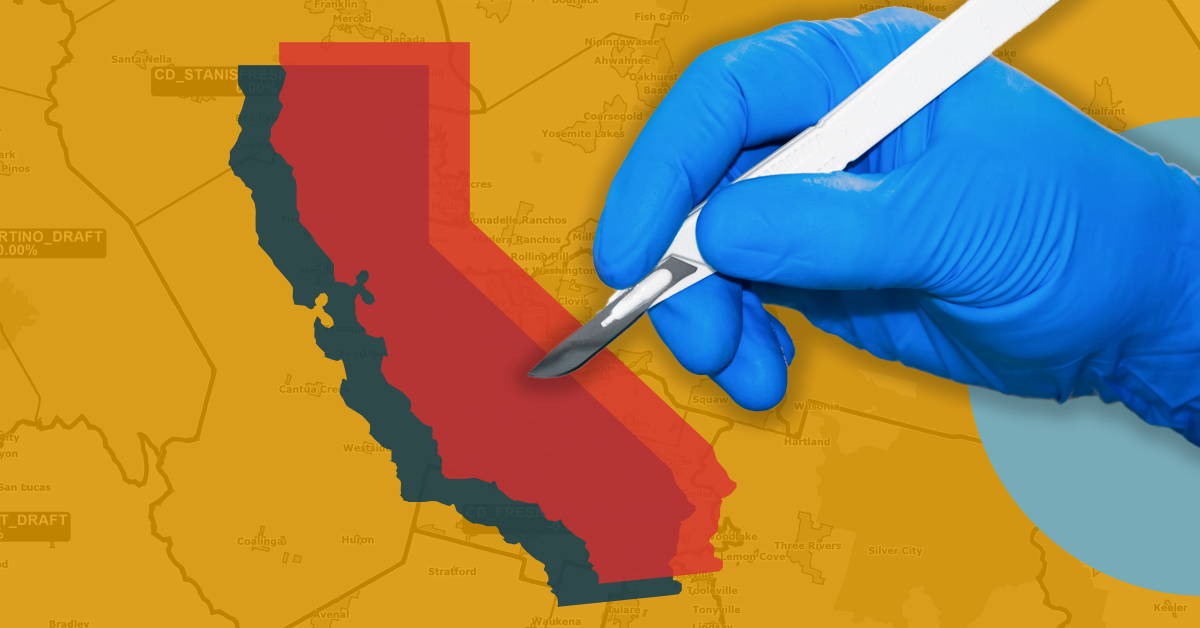Despite a lengthy delay because of the COVID-19 pandemic, the California Redistricting Commission is ready to start drawing the new maps for Congressional, State Assembly, State Senate and Board of Equalization districts.
California released the official redistricting database to the commission on Tuesday, allowing the commission to move forward with drawing the new lines.
Initially, the commission had been scheduled to submit the final maps by Aug. 15, but the pandemic delayed the census and pushed the deadline back to the end of the year.
“We’ve been anticipating this data for quite some time and looking forward to it,” Commission Chair Neal Fornaciari told The Sun.
“In the meantime, the delay enabled us to get a lot more public input and enabled the people of California to participate much more deeply than they would have been able to participate in the condensed schedule.”
The public’s participation came in the form of over 30 Communities of Interest Meetings, which saw nearly 2,000 people participate and share their thoughts on their communities and redistricting.
“There was a lot of interest – of course it’s very local,” Fornaciari said. “Depending on where people called in from, we had people calling in from throughout the state, and they’re all giving us their thoughts and their guidance on what communities that they want their community o be linked with in their district and what they want their district to look like.”
The concerns that Fornaciari heard from the Central Valley centered around agriculture and water as the two most dominant topics.
People from the Central Valley, as well as around the state, made it clear to the commission that they wanted to ensure that certain populations who have been historically underrepresented are given a fair shake with the new districts.
One such area that has been viewed in that light has been Kings County, which was covered by Section 5 of the Voting Rights Act of 1965.
That provision of the Civil Rights-era law required certain jurisdictions, from counties to states, to obtain so-called “pre-clearance” from the U.S. Department of Justice to
Due to that coverage, the 2010 commission kept Kings County together to create a majority Latino Congressional district, currently represented by Rep. David Valadao (R–Hanford).
However, in 2013 the U.S. Supreme Court struck down the formula that subjected communities like Kings County to Section 5, opening the door for a potential population split in Congressional and legislative districts without interference from the U.S. Department of Justice.
“At this point we don’t have an indication on what it’s going to look like. While the preclearance requirement has been struck down, we still have to comply with Section 2 of the VRA, which is ensuring that, where possible, districts are drawn that enable communities who have been historically disenfranchised, where there’s a possibility to draw districts that will enable them to elect candidates of their choice,” Fornaciari said.
With the first draft of maps not due until Nov. 15, the commission will not have a grasp on how Kings County will start to shape up for at least a few more weeks.
The commission has directed its line drawing team – which is comprised of consulting firms Q2 Data and Research, LLC and HaystaqDNA – to present maps as a starting point, after which the commissioners will further change the maps until the final lines are agreed upon with a supermajority vote.
“In the beginning of October, we’ll look at those visualizations and begin to give more specific direction on what maps should look like,” Fornaciari said.
Earlier this year the commission had requested an extension to its final deadline until January, which the California Supreme Court rejected on Wednesday, placing the final deadline on Dec. 27.
Fornaciari is not concerned about wrapping up the process in the next three months, and he noted that the extension request was centered around ensuring the public’s involvement in the final phases.
“We will definitely complete the process,” Fornaciari said. “The concern was that we’re going over the holiday season, that we wanted to ensure the public as much of an opportunity to provide input and feedback on our draft maps as possible. We will do our best to continue to enable the public to provide feedback and input, but we will absolutely meet the deadline.”









